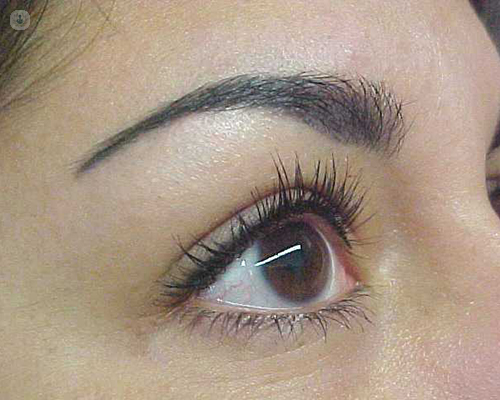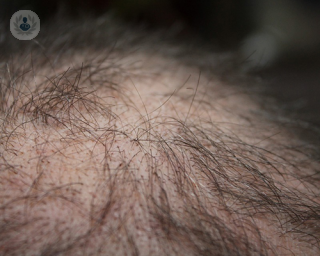Micropigmentation
Dr Eleojo Achimugu - Aesthetic medicine
Created on: 11-13-2012
Updated on: 03-30-2023
Edited by: Carlota Pano
What is micropigmentation?
Micropigmentation, also known as permanent makeup, is an aesthetic facial treatment that uses tattoos to resemble makeup. For some people applying certain makeup can be time-consuming or physically difficult, for example, if you have a health condition such as arthritis. Micropigmentation uses iron oxide pigmentation injected into the skin to semi-permanently correct or enhance certain features.

Why is micropigmentation done?
Micropigmentation offers a permanent makeup effect. Micropigmentation can be used to produce eyeliner, enhance the lips, eyebrows and can even be used to create the areola in women who have undergone breast reconstruction following breast cancer treatment. Micropigmentation should last for up to five years, but it will generally fade over time.
Micropigmentation offers a solution for the following:
- You want to save time on applying makeup
- You are allergic to makeup
- Your eyebrows are thin, asymmetrical or absent due to alopecia or chemotherapy
- Applying makeup is physically difficult because of another health condition
- Your lips are thin or lack volume
- You want to hide a scar
- To create the appearance of scalp hair for people who've suffered hair loss
What does micropigmentation consist of?
The area being treated is cleaned and a topical anaesthetic is applied to reduce any discomfort. A design is made before the treatment is carried out to indicate what the results will look like. Then, a pen-like instrument that is similar to a tattoo gun is used to apply the pigmentation. Most procedures will take up to two hours, depending on what is being done.
Preparation for micropigmentation
Before undergoing a micropigmentation treatment, a study of the bone structure and the skin of the person should be carried out. In addition, it is important to have an allergy test to make sure that the patient will tolerate the pigments that will be applied.
Aftercare
Micropigmentation is a semi-permanent treatment that lasts between two and five years. The pigments are reabsorbed by the skin, so it is necessary to have further treatments if you wish to keep the pigmentation as defined as you wish it to be. Immediately after the procedure, there may be some swelling in the treated area but this will quickly go down, particularly with ice. The pigmentation will appear dark for the first week or so, but this will settle once the top layer of skin has shed.


